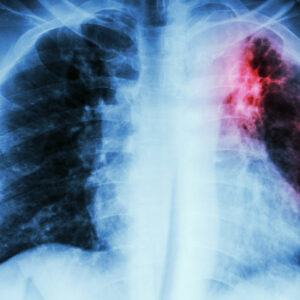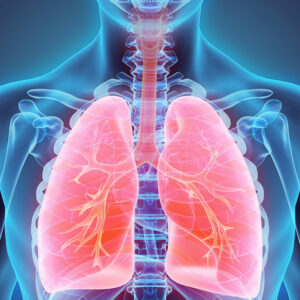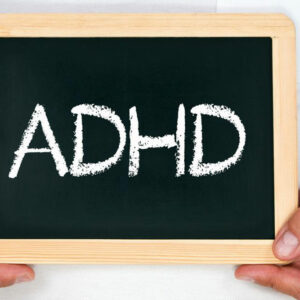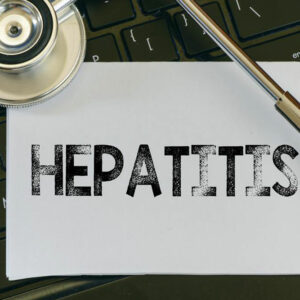
01
Symptoms and Diagnosis of a Pulmonary Embolism
A pulmonary embolism can have many symptoms that are associated with other medical conditions like heart disease. However, if you do identify any of these symptoms in yourself or others, contact your nearest medical emergency services as it can be a life-threatening situation. What is a Pulmonary Embolism? A pulmonary embolism is a block in blood vessels associated with your lungs. These blockages can restrict blood supply to the lungs and deplete oxygen levels in the body because the lungs are affected. It can also lead to other complications. Mostly, pulmonary embolism is caused by blood clots, and a major cause of these blood clots is deep vein thrombosis (DVT). Deep Vein Thrombosis DVT is a condition in which a blood clot develops in a vein that is deep in your body and not near the surface. These blood clots commonly begin at the calf muscles or thighs. However, these deep-vein blood clots can also begin somewhere else in the body. Wherever they begin, they can travel through the bloodstream and reach vital organs in your body, like your lungs. When the block occurs in a blood vessel that is connected to the lungs, it is a pulmonary embolism. Some of the most common causes of DVT are as follows: A leg fracture that damages a blood vessel which leads to blood clotting Obesity which can exert pressure on your legs A catheter inserted into a vein Hereditary – Other members of your family, previous generations, have had DVT Smoking Hormone medications Hormone fluctuations like pregnancy Being seated for a long time Some medical conditions like cancer, heart disease, and irritable bowel syndrome Surgery can also result in blood clots Pulmonary Embolism Symptoms and Diagnostic Tests A pulmonary embolism is caused by a blockage in the arteries that supply blood to your lungs.
Read More 










